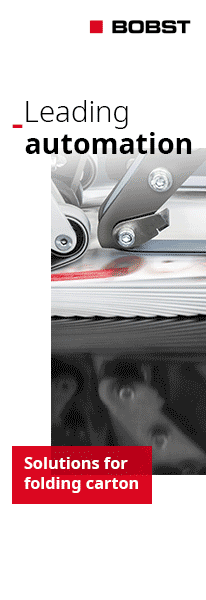The Recycling Association has expressed its disappointment that the recycling rate in England has fallen for the first time, according to the latest figures from Defra for 2015. With the rate in the UK falling from 44.9% to 44.3% as a result of the English recycling rate falling from 44.8% to 43.9%, means it will make it more difficult to meet the 2020 target of 50% recycling for the UK as a whole under European Union regulations.
The Recycling Association Chief Executive Simon Ellin said, “Of course, at The Recycling Association, we are in favour of promoting more recycling, so it is disappointing that the overall recycling and composting rate for England has fallen. But we are not in favour of focusing on bringing in more tonnage for recycling only. What we need to ensure is that we have the optimum system to bring in more material while improving the quality.
“The Recycling Association is a strong supporter of the work done by WRAP to promote consistency of recycling collections, and this will help ensure more material is available at the best possible quality to those who will be recycling it. These figures show that it is imperative that this work done by WRAP is now implemented by Government by requiring local authorities to introduce consistent household collections across England. Inevitably, there will be calls for more funding from Government to promote higher levels of recycling by the householder through communications campaigns, and we would welcome that. But any communication campaigns must focus on improving quantity and quality, showing the householder how to recycle effectively within a consistent English recycling collection scheme.
“However, now would also be a good time to consider whether we should have weight-based targets at all. Surely it is better to have 5,000 tonnes of quality recycled product than 10,000 tonnes of contaminated material that might end up in landfill? Undoubtedly, at a time when local authorities have had their budgets cut while at the same time having to meet these targets, this has led to increasing levels of substandard product. In the interests of making the UK the best market for recycled product, let’s look at quality first ahead of quantity.”
In other news, research commissioned by the Confederation of Paper Industries (CPI) has revealed that when asked to choose who is most responsible for ensuring that recyclable packaging from the home is of good enough quality to be recycled, 45% of respondents said the onus was on the household, while 38% believed that it was down to the packaging manufacturers or the reprocessors of recyclable material, with a further 8% believing it should be down to local authorities.
A nationwide survey conducted by YouGov also found that more than half (55%) of 2,163 respondents would recycle paper and cardboard soiled with grease (for example a takeaway pizza box) because they thought it was the right thing to do – or were under the impression that the waste processing plant could remove it if it was not recyclable.
The YouGov poll reveals that many households acknowledge their responsibility for achieving good recyclate quality and suggests they may be willing to help reverse the recent rise in general recycling rejection rates, with the right guidance. The poll’s findings also reveal a misconception among some residents that there is a sorting mechanism somewhere in the process that can guarantee separating contaminated paper or cardboard and are unaware that material spoiled by food and grease from items like takeaway containers can get through to reprocessing plants where it could cause the whole recycling batch to be treated as waste.
The findings of the poll strongly support the premise behind work being carried out by WRAP which aims to help local authorities achieve greater consistency both in collection methodology and in what can and cannot be recycled by residents. The WRAP Recycling Guidelines launched earlier in 2016 are designed to help local authorities inform the public what they should and should not recycle and are the culmination of work carried out with reprocessing to agree a common list of do’s and don’ts. Greasy food packaging such as pizza boxes are specifically referenced in the guidelines, which suggests they should be put in the residual general waste not in recycling and demonstrates the importance of the need to continue efforts to educate a willing public about recycling.
With the focus of WRAP’s Recycle Now campaign currently on paper and cardboard (during the festive season), this survey is a timely reminder of the need to continue to communicate with the public to help them understand how they can fulfil their responsibilities. With paper packaging rates now calculated to be close to 85% (source CPI) there is a need to focus on extracting the remaining material at the best available quality from householders.
CPI’s Director of Packaging Affairs, Andy Barnetson, says, “The corrugated industry is proud of its recycling heritage – every year, an amount of material is recycled, which if laid flat would cover an area the size of Greater London three times over – but corrugated contaminated with food or grease cannot be recycled due to hygiene concerns.” He added, “From a domestic perspective, the message about the benefits of recycling cardboard is clearly getting through and the public does realise its role in the process which is vital. However, we need to offer guidance about the impact of poor quality recycled packaging and present consistent and precise information for households that provides greater clarity and simplicity.”



